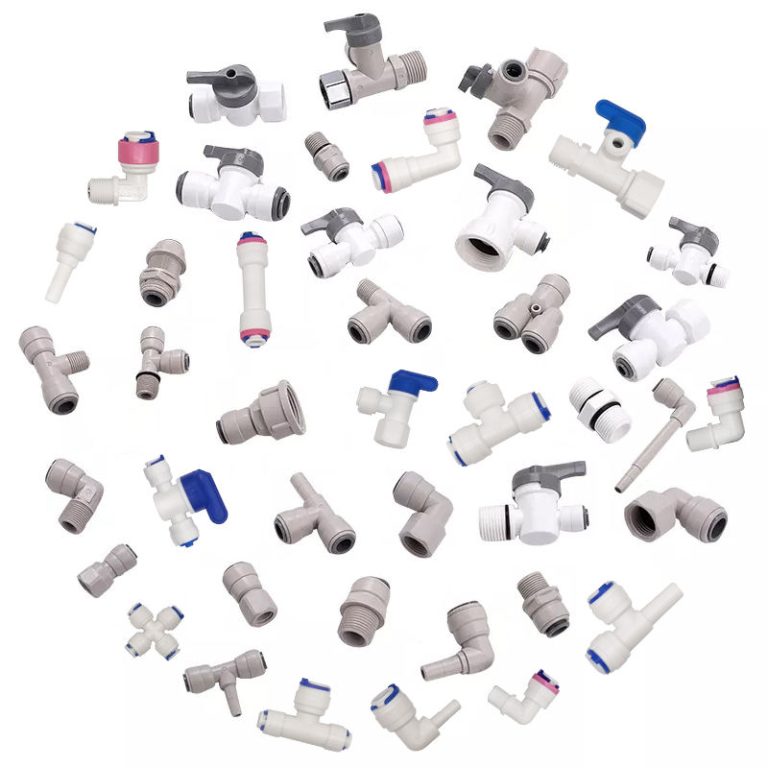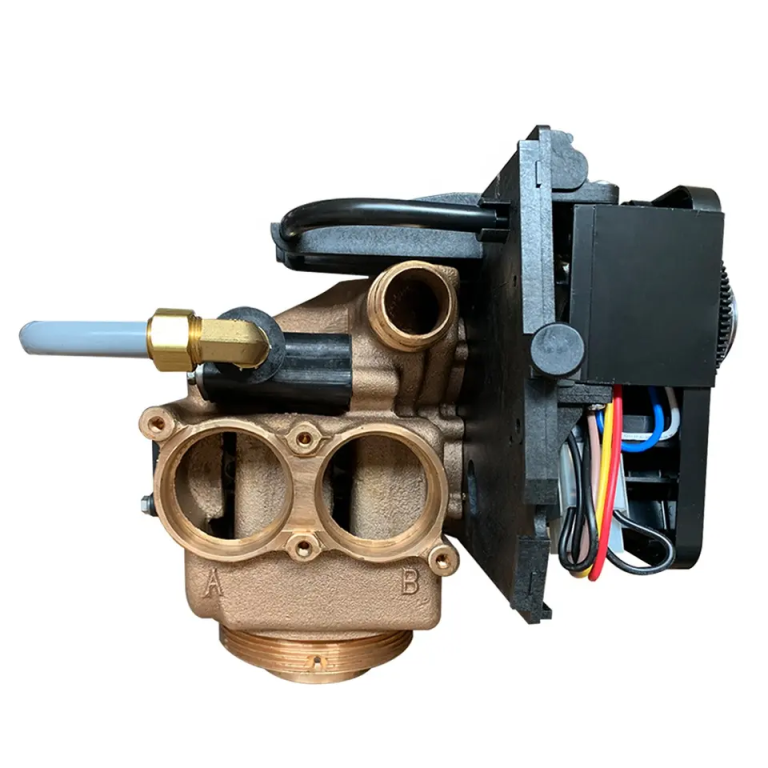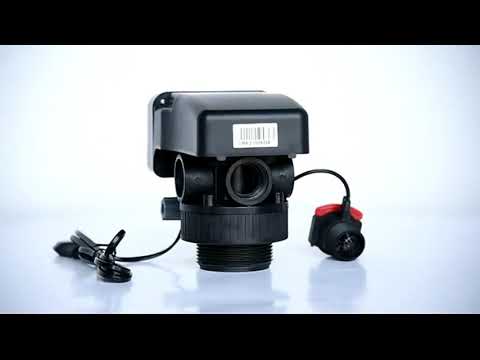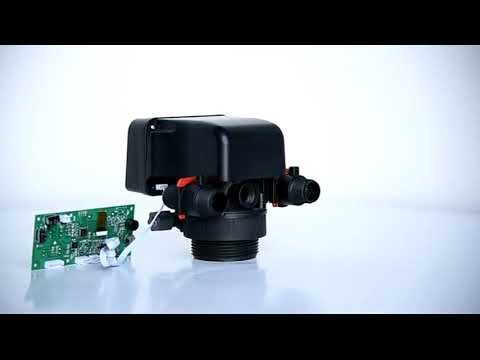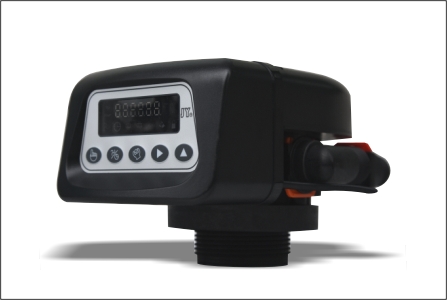“Engine lifters: Keeping your engine running smoothly.”
Table of Contents
Different Types of Engine Lifters Explained
Engine lifters, also known as valve lifters or tappets, are an essential component of an internal combustion engine. They play a crucial role in the operation of the engine by controlling the opening and closing of the engine’s valves. There are several different types of engine lifters, each with its own unique design and function. In this article, we will explore the various types of engine lifters and how they contribute to the overall performance of the engine.
One of the most common types of engine lifters is the hydraulic lifter. Hydraulic lifters are designed to automatically adjust for any variations in valve train clearance, ensuring smooth and consistent operation of the engine. These lifters use oil pressure to maintain proper valve lash, eliminating the need for manual adjustments. Hydraulic lifters are commonly found in modern engines due to their ease of maintenance and reliability.
Another type of engine lifter is the solid lifter. Solid lifters do not have any internal mechanisms for adjusting valve lash and require manual adjustment to maintain proper clearance. While solid lifters are more labor-intensive to maintain, they are often preferred in high-performance engines due to their ability to handle higher engine speeds and increased valve lift.
Roller lifters are a type of engine lifter that features a roller wheel at the top of the lifter, which reduces friction and wear on the camshaft lobe. Roller lifters are commonly used in high-performance engines where increased durability and reduced friction are essential for optimal performance. These lifters are often found in racing engines and high-performance street cars.
Flat tappet lifters are another type of engine lifter that features a flat surface at the top of the lifter, which contacts the camshaft lobe. Flat tappet lifters are commonly used in older engines and are known for their simplicity and reliability. However, flat tappet lifters can be prone to wear and require regular maintenance to ensure proper operation.
Overall, engine lifters play a critical role in the operation of an internal combustion engine. By controlling the opening and closing of the engine’s valves, lifters help regulate the flow of air and fuel into the combustion chamber, ensuring optimal performance and efficiency. Whether you have a modern engine with hydraulic lifters or a high-performance engine with roller lifters, understanding the different types of engine lifters can help you make informed decisions about maintenance and upgrades for your vehicle.
Common Signs of Engine Lifter Problems
Engine lifters, also known as hydraulic lifters or valve lifters, are an essential component of an internal combustion engine. They play a crucial role in the proper functioning of the engine by controlling the opening and closing of the engine’s valves. Lifters are designed to move up and down in response to the camshaft’s rotation, which in turn controls the movement of the valves. When lifters are not functioning properly, it can lead to a variety of engine problems that can affect the performance and longevity of the engine.
One common sign of engine lifter problems is a tapping or ticking noise coming from the engine. This noise is often caused by worn or damaged lifters that are not functioning properly. The tapping noise can be particularly noticeable when the engine is idling or under light acceleration. If left unchecked, this noise can worsen over time and may eventually lead to more serious engine damage.
| Model | Central tube | Drain | Brine tank connector | Base | Maximum power | Operating temperature |
| 9000 | 1.05″ O.D. | 1/2″NPT | 1600-3/8″ | 2-1/2″-8NPSM | 8.9W | 1℃-43℃ |
Another common sign of engine lifter problems is a loss of power or performance. When lifters are not functioning properly, they may not be able to properly control the movement of the valves, which can result in a loss of power and performance. This can manifest as sluggish acceleration, reduced fuel efficiency, and overall poor engine performance. If you notice a sudden drop in power or performance, it is important to have your engine inspected by a professional to determine if lifter problems are the cause.
In addition to noise and loss of power, engine lifter problems can also cause misfires and rough idling. When lifters are not functioning properly, they may not be able to properly control the timing of the valves, which can result in misfires and rough idling. This can be particularly noticeable when the engine is cold or when the vehicle is first started. If you experience misfires or rough idling, it is important to have your engine inspected to determine if lifter problems are the cause.
Furthermore, engine lifter problems can also lead to increased wear and tear on other engine components. When lifters are not functioning properly, it can put additional stress on the camshaft, valves, and other engine components. This increased wear and tear can lead to premature engine failure and costly repairs. It is important to address lifter problems as soon as possible to prevent further damage to the engine.
In conclusion, engine lifters are a critical component of an internal combustion engine, and when they are not functioning properly, it can lead to a variety of engine problems. Common signs of engine lifter problems include tapping or ticking noises, loss of power or performance, misfires, rough idling, and increased wear and tear on other engine components. If you notice any of these signs, it is important to have your engine inspected by a professional to determine the cause of the problem and prevent further damage. Regular maintenance and inspections can help prevent lifter problems and ensure the longevity and performance of your engine.


